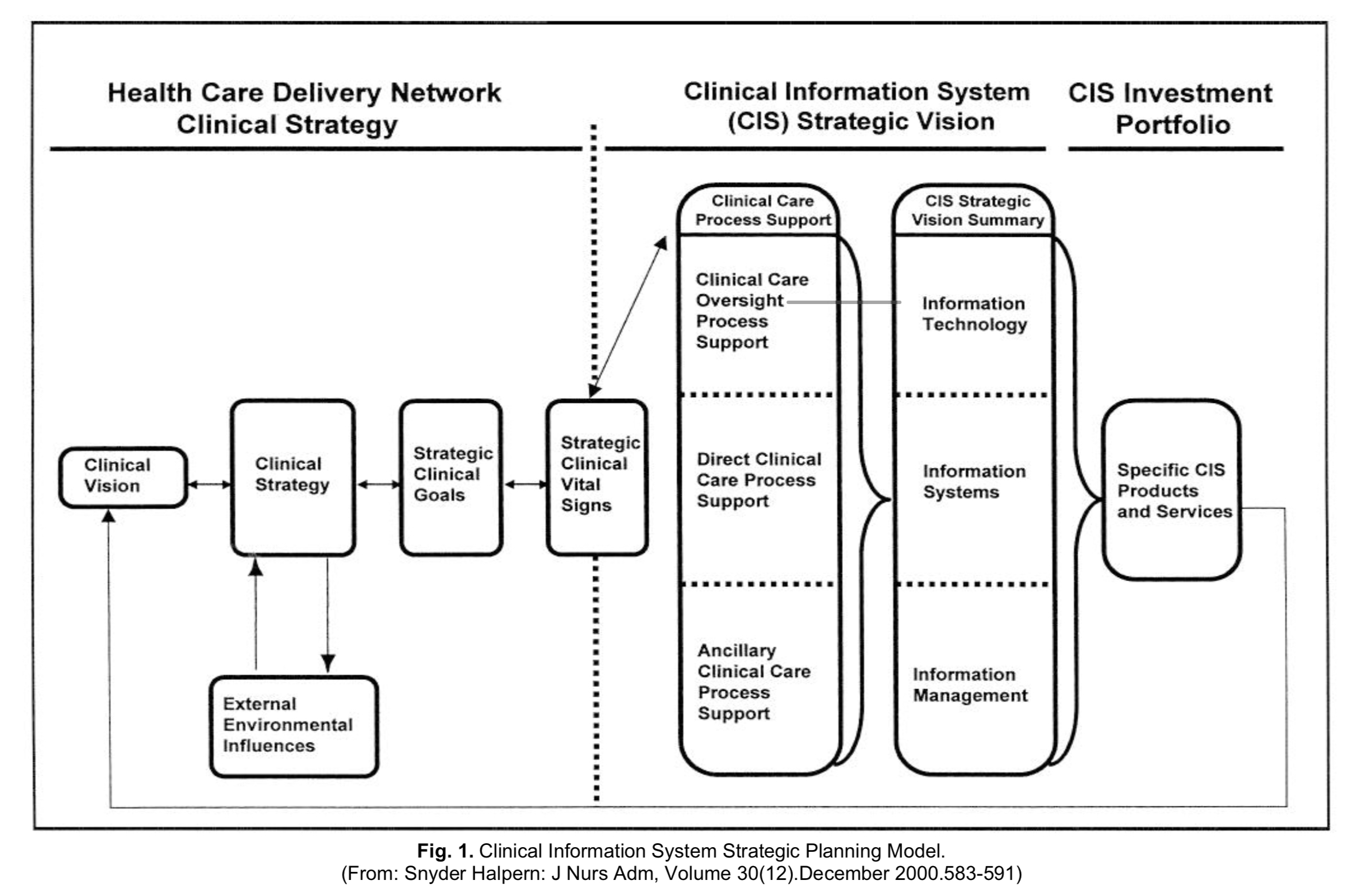Question
Question 1. Provide a model diagram similar to Figure 2 (listed below), to illustrate answers to questions A-D answered above. Answer does not need to
Question
1. Provide a model diagram similar to Figure 2 (listed below), to illustrate answers to questions A-D answered above.
- Answer does not need to look like the Figure 2 model, it can be written out as I need help understanding what to place underneath each category.
- Answers for questions A-D and Figure 2 are listed below :
A.) Identify key stakeholders and describe their needs, requirements, contributions, and expectations regarding your information system.
- It is critical to identify important stakeholders to ensure the successful development and deployment of an information system. Each of these major stakeholders has their own set of demands, requirements, contributions, and expectations. Considering healthcare practitioners are the primary users of the Epic electronic health record-based system, meeting their requests and expectations is critical to the system's widespread adoption and long-term success. Their needs demand for a simple and user-friendly interface that may simplify and automate data administration tasks. Patients are also major stakeholders in the healthcare sector, and their obligations and expectations include the secrecy of their medical information. Healthcare management and regulatory bodies may require data analytics in order to evaluate and improve healthcare quality while also complying with legislation. Insurance firms may require access to up-to-date and correct patient information in order to conduct risk assessments and make informed decisions. To meet the expectations and requirements of each of the stakeholders, it is critical to first determine their needs and requirements, and then ensure that the information system meets their specific needs and requirements in which they have outlined.
B.) Describe the vision, strategy, goals, and vital signs of public health services in which the information system is operationalized.
- The unique healthcare organization and the priority it places on patient care may cause the vision, strategy, objectives, and vital signs of public health services employed in the operationalization of the information system to change. However, the objective should be to always deliver high-quality care that is focused on the patient and is conveniently accessible, productive, and cost-effective. To achieve these goals, the method may involve the use of technology, data analytics, and the formation of collaborative partnerships. Among the goals might be the decrease of healthcare costs, the improvement of patient outcomes, the growth of patient happiness, and the fulfillment of legal and regulatory duties. Patient wait times, readmission rates, prescription error rates, infection rate rates, and financial performance are all examples of vital indicators. Achieving the overall goal of the healthcare organization is strongly reliant on effectively ensuring that the information system is in accordance with the aforementioned goals and key indicators.
C.) Describe the information system strategic vision based on the process support and strategic vision summary models in Figure 1.
- The process support and strategic vision summary models depicted in Figure 1 should serve as the foundation for the information system's strategic vision. Determining the key processes that the information system should support, such as clinical decision-making, patient care, and data management, is part of the process support model. A component of the strategic vision summary model is aligning the information system with the overall company strategy and objectives, such as improving patient outcomes, increasing efficiency, and minimizing costs.These models should be included into the strategic vision, with the ultimate goal of developing a system that is user-friendly, interoperable, data-driven, secure, scalable, and aligned with organizational goals. This system should also be capable of supporting crucial healthcare processes. To ensure acceptance and success, it is critical to ensure that the information system supports critical clinical tasks and is aligned with the organization's goals.
D.) Identify specific information products and services needed to develop and implement the information system.
- In order to develop and implement the information system, certain information products and services, such as software development, user experience design, data analytics tools, interoperability standards, privacy and security protocols, and training and support services for healthcare practitioners, may be required. These goods and services must be tailored to the specific needs of the healthcare organization and the numerous parties involved. For example, software development should focus on creating an interface that is both straightforward and user-friendly, and that speeds up data management activities. Data analytics tools should give insights into healthcare operations, patient outcomes, and financial performance. To ensure easy data interchange with other EHR systems, interoperability standards must be targeted toward industry best practices as well as any applicable regulatory regulations. Any privacy and security standard should include goals such as protecting sensitive patient data and maintaining regulatory compliance. It is critical that healthcare practitioners have access to training and support services in order to use the system effectively and productively. It is vital to guarantee that these products and services meet the expectations of the healthcare organization as well as the stakeholders of that organization in order to enable the proper construction and deployment of the information system.

Step by Step Solution
There are 3 Steps involved in it
Step: 1

Get Instant Access to Expert-Tailored Solutions
See step-by-step solutions with expert insights and AI powered tools for academic success
Step: 2

Step: 3

Ace Your Homework with AI
Get the answers you need in no time with our AI-driven, step-by-step assistance
Get Started


